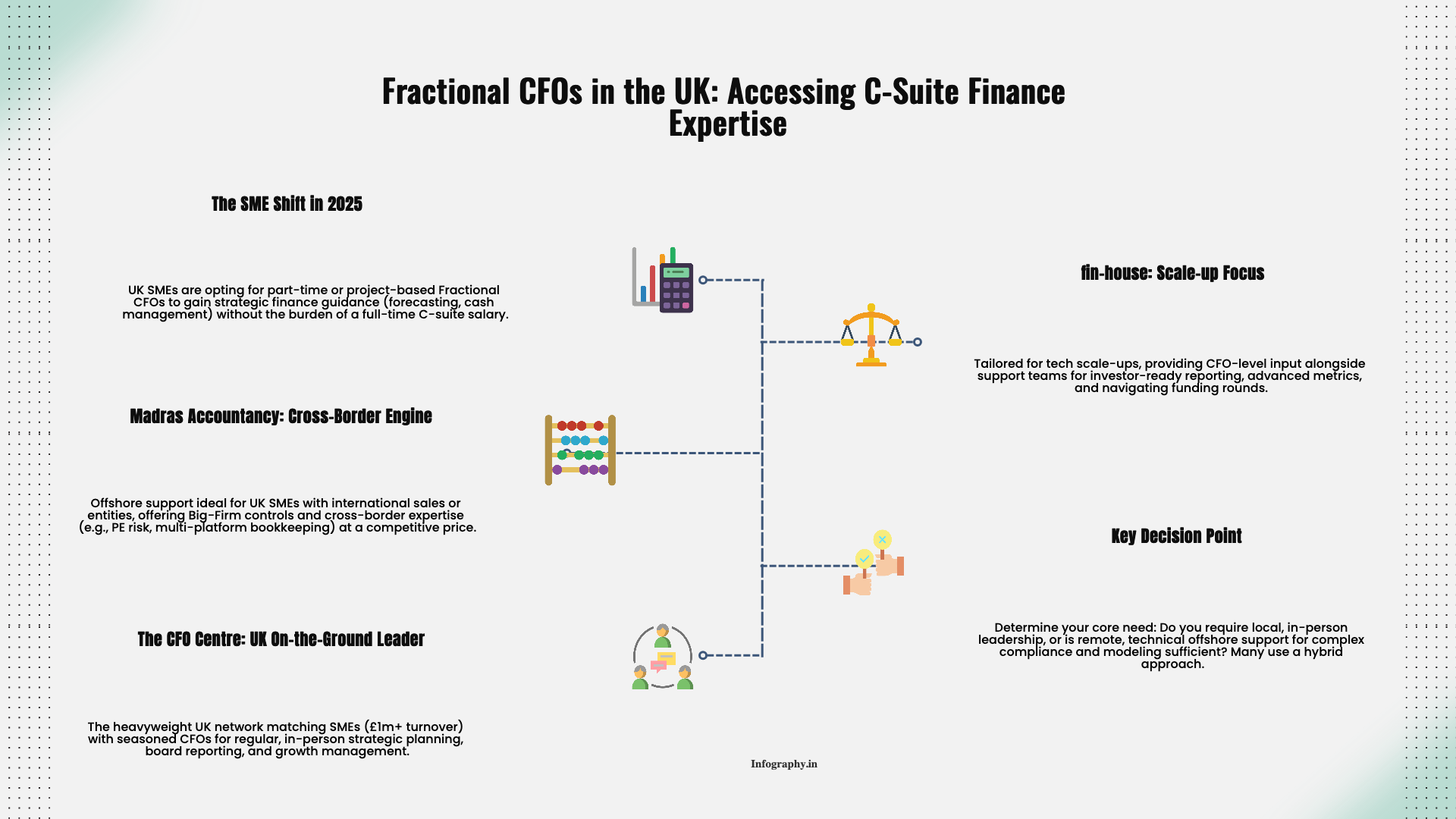Every few months I talk to a business owner who says something like, "My buddy told me there are huge green energy tax breaks right now. I should probably do something, right?" Then they shrug, because the details feel fuzzy and the IRS instructions read like a foreign language.
The truth is, 2025 is still a pretty generous year for certain energy incentives in the United States. But the deals are not magic. They are specific. If you know which ones fit your business and document things properly, you can lower your tax bill while upgrading your building or company vehicles. If you just chase buzzwords like "clean energy" without reading the fine print, you can easily spend money that never turns into real tax savings.
Before we talk about specific credits, pause and ask a simple question: what upgrades were you already considering for the next two or three years? Solar panels on the roof? Replacing old HVAC units that wheeze through summer? Installing EV charging stations for staff or customers? The best tax credit is the one that supports a project you actually need, not a random gadget you buy just to get a write off.
If you own the building your business uses, or you are a designer on certain public projects, Section 179D is worth a look. In very plain terms, it rewards you for making your building more energy efficient. Think improvements to lighting, HVAC, or the building envelope (insulation, windows, that kind of thing).
The rules tie the deduction to how much energy you save compared to a reference standard, and the numbers change from time to time. In recent years, the potential deduction per square foot has increased, especially when you meet certain labor or domestic content requirements. That said, this is not a do it yourself calculation. You usually need a qualified engineer or energy consultant to produce a formal study. If you are upgrading thousands of square feet, that effort can be worth it. If you have a tiny storefront, the math may not pencil out.
Electric vehicles and charging stations get a lot of headlines, and there are still incentives connected to them, but the details matter. Some credits are aimed at individuals, while others are for businesses placing chargers in service or buying qualifying clean vehicles.
For chargers, there has been a business credit that can cover a portion of the cost of installing equipment in certain locations. However, the rules around eligible census tracts and labor standards have tightened. That means you cannot just slap a charger in any parking lot and expect the government to pick up part of the bill. You and your installer should verify whether your site qualifies before you assume anything on your tax projection.
Many small businesses picture panels on the roof when they hear the phrase "green energy tax credit." The investment tax credit for solar and some other technologies can still apply in 2025, but again, the structure is layered. There is a base credit percentage and then potential bonus percentages if you meet specific requirements.
For example, larger projects may need to satisfy rules about paying prevailing wages to workers and using registered apprentices. Some locations can claim extra credits if the project is in an energy community or certain low income areas. For a truly small system on a modest building, the compliance burden might feel heavy. On the other hand, for a growing manufacturer with big power needs, these credits can move the needle in a real way.
Even when you qualify for a credit, you still have to decide how to treat the underlying cost of the asset. Many energy improvements are capital assets. That means you add them to your balance sheet and depreciate them over time instead of expensing the full cost in year one.
When there is a credit involved, the tax basis of the asset usually has to be reduced by some portion of that credit. In other words, you do not get a full deduction and a full credit on the same dollars. The software will handle the math, but only if you feed it the right numbers. This is where a sloppy spreadsheet can come back to haunt you two years later when you switch accountants and the new person has to unravel what you did.
I tend to think of these tax credits as accelerators, not drivers. They should speed up projects that already make sense for your operations and long term costs. If the only reason you are installing something is the tax break, pause and run the numbers again. The environment will not be helped if you end up resenting the project because the savings never show up in your bank account. For more on Section 179 deductions and tax planning strategies, see our comprehensive guides.
.png)
December 9, 2025
A straight-talking overview of five small business tax prep options in 2025, including Madras Accountancy, TurboTax, H&R Block, TaxSlayer, and Bench’s books-plus-tax model.

December 9, 2025
An on-the-ground guide to the UK’s fractional CFO ecosystem – London and beyond – including The CFO Centre, fin-house, FD Capital, BKL, BSmart, and how Madras Accountancy fits into cross-border and hybrid models.